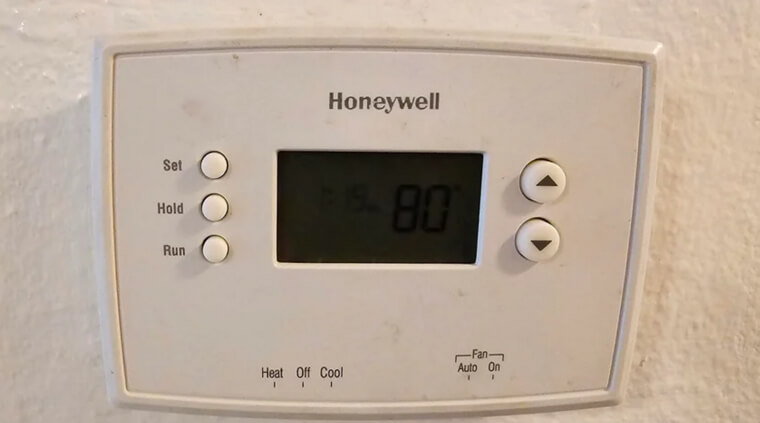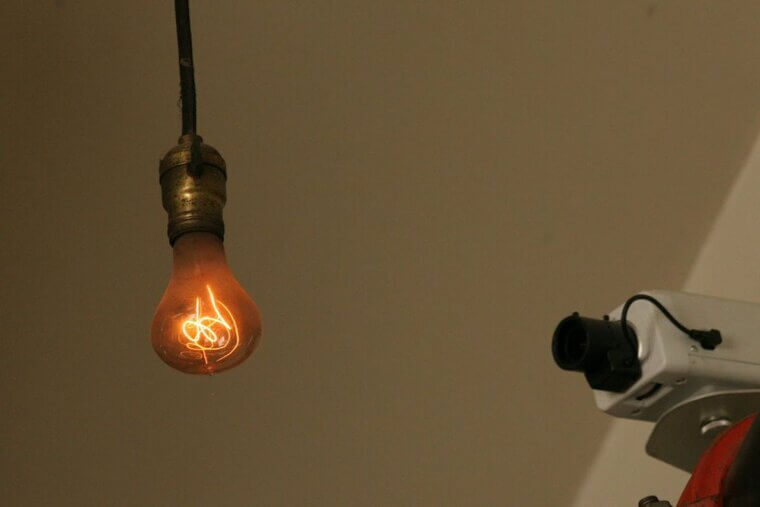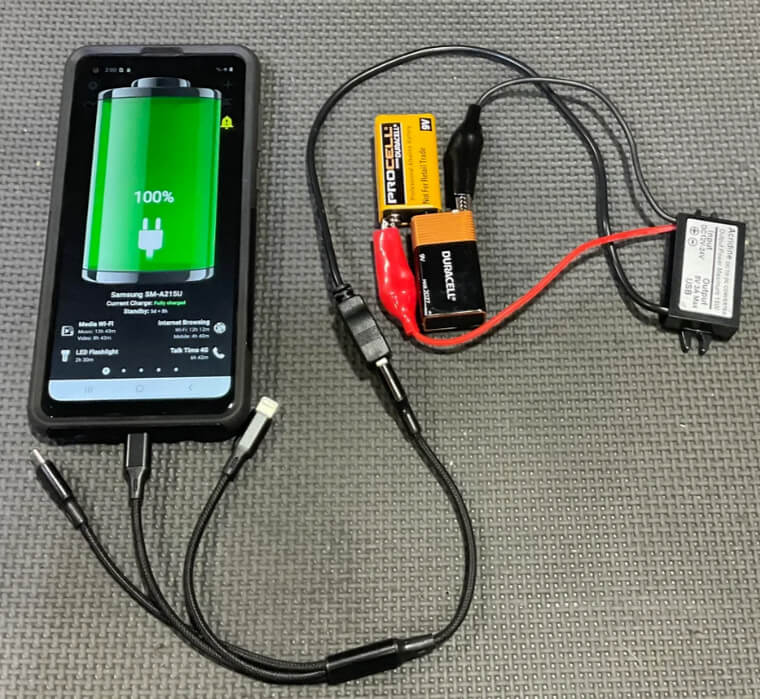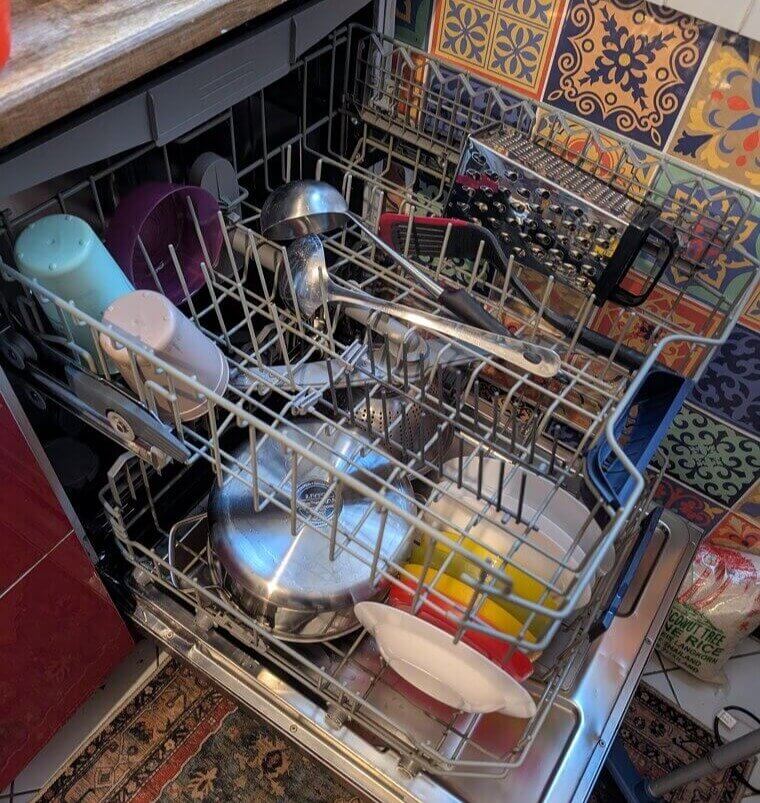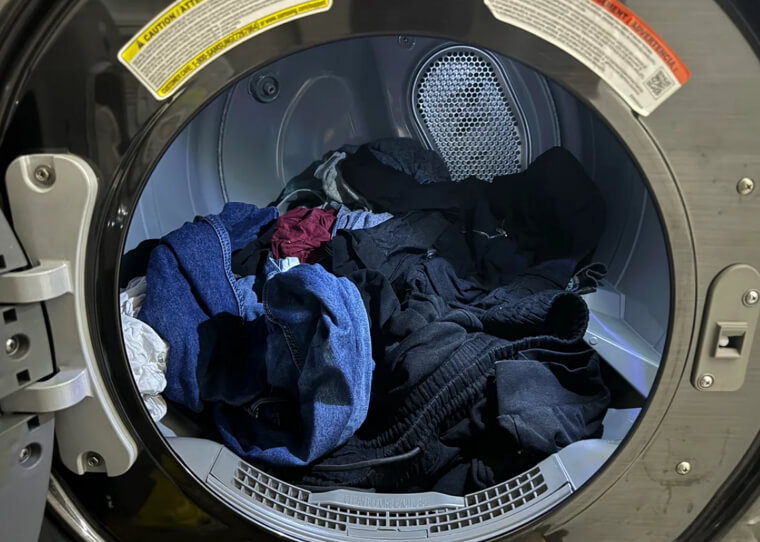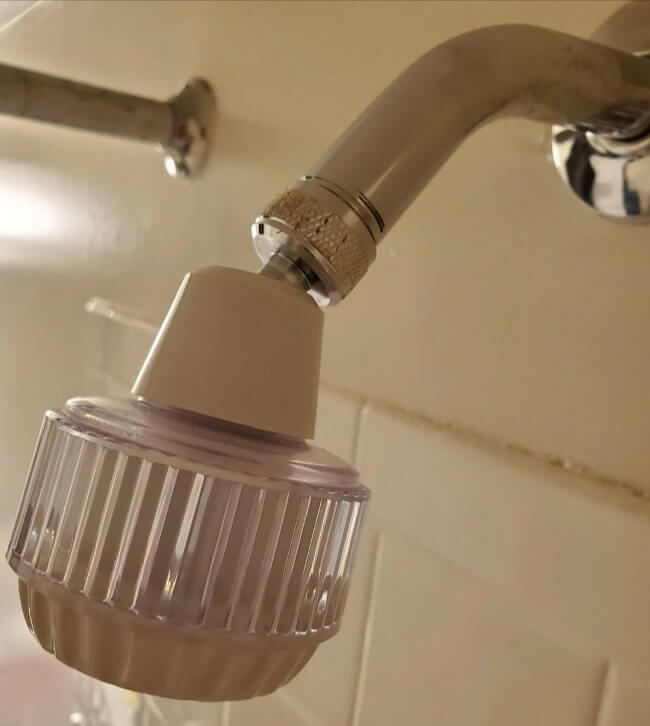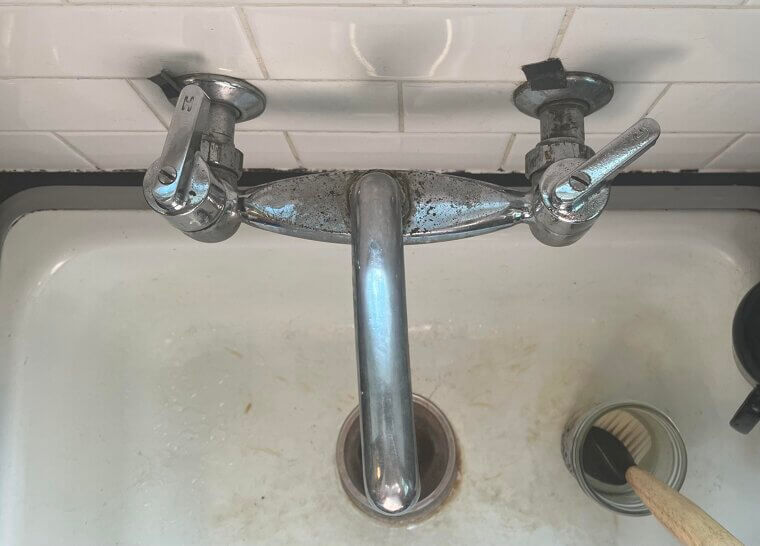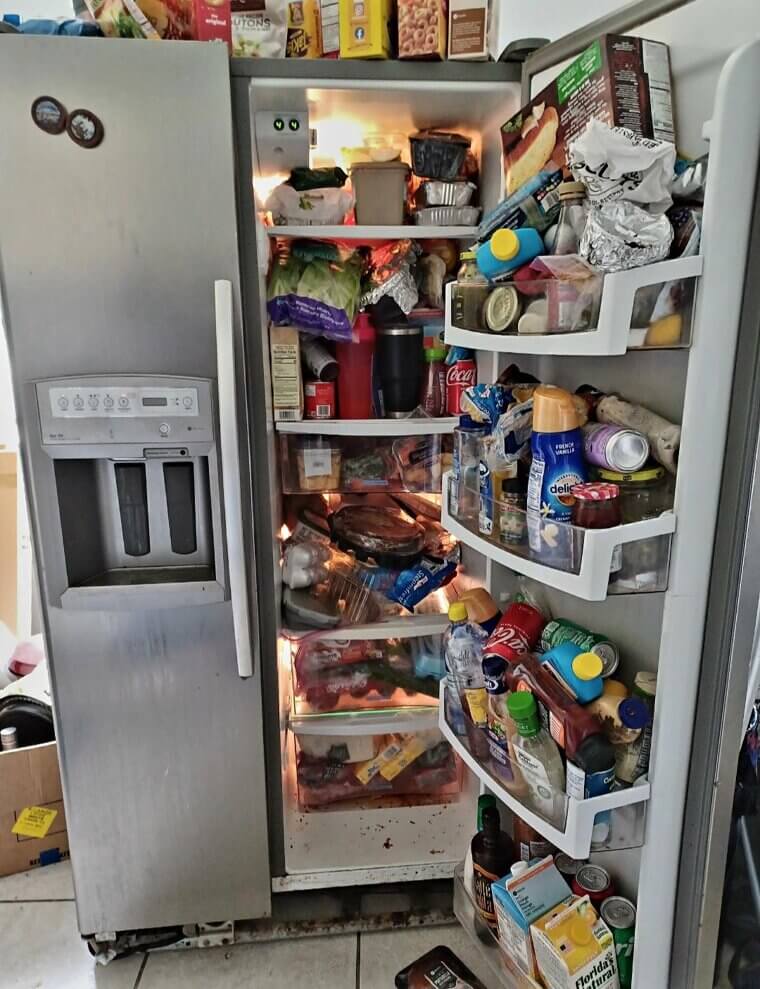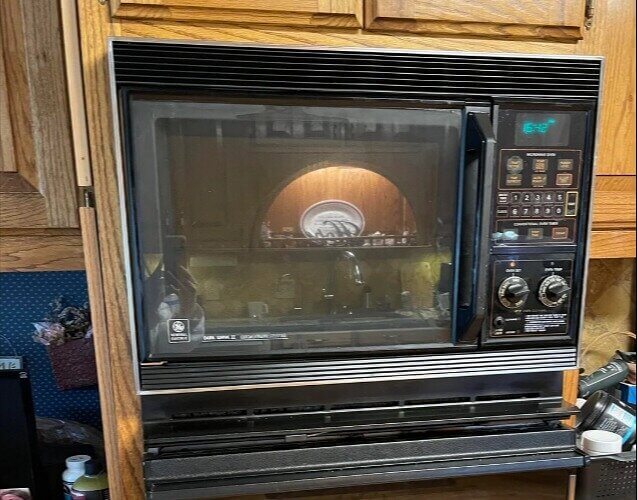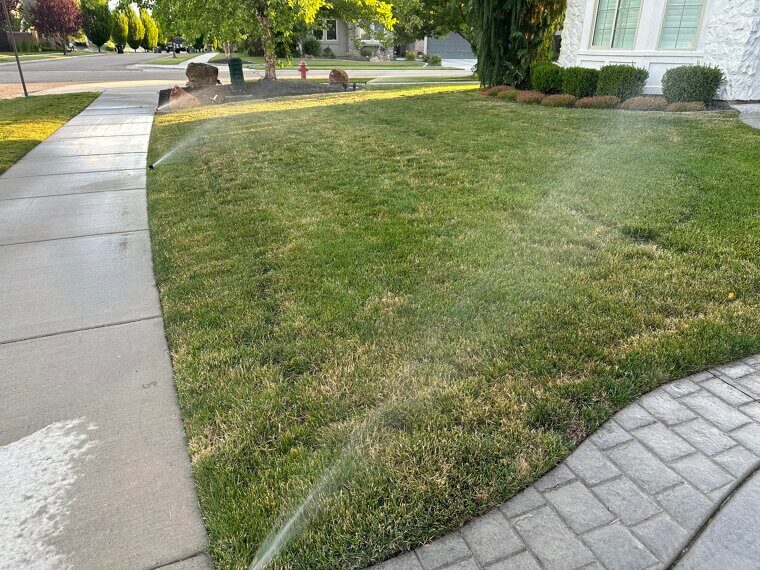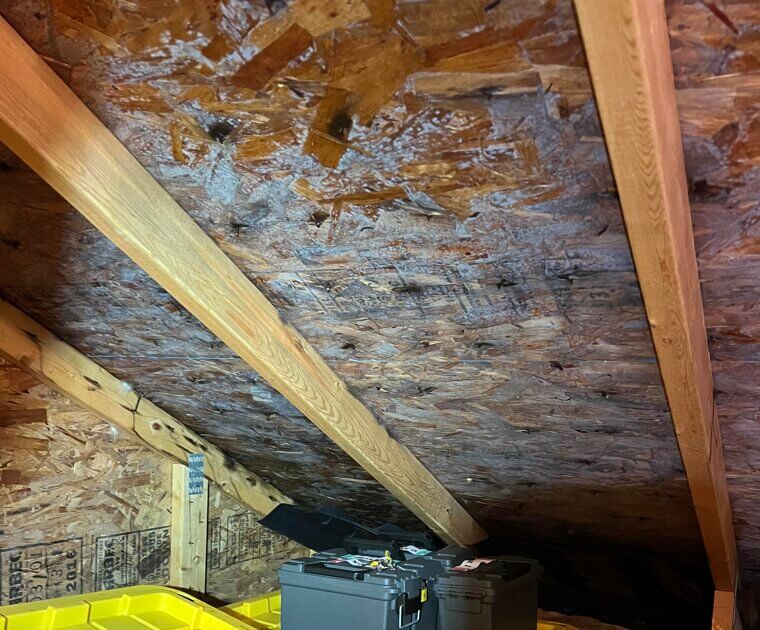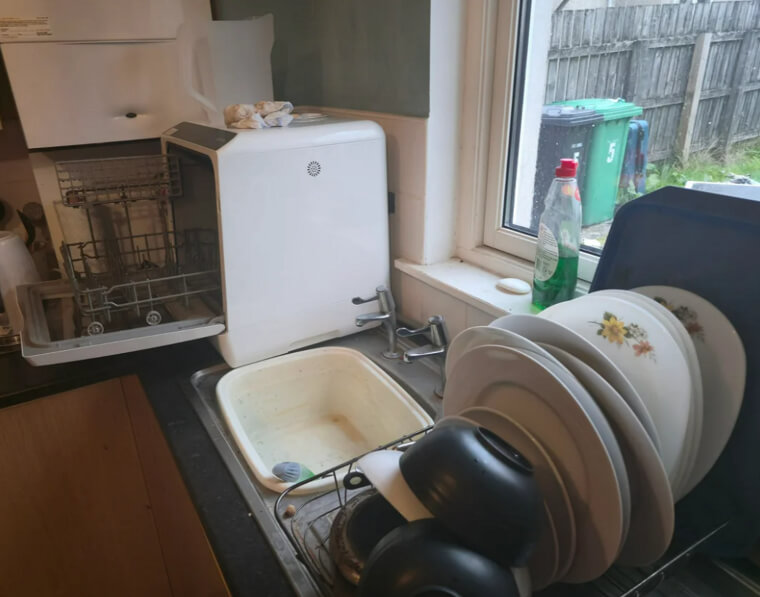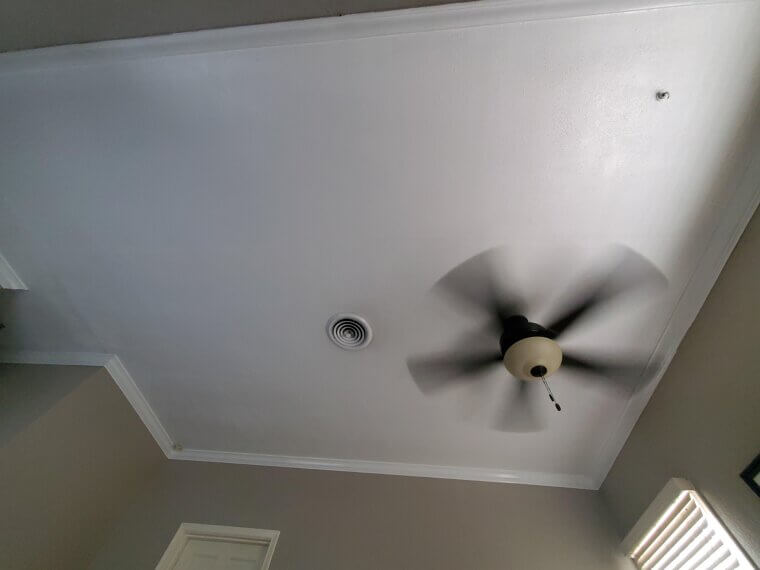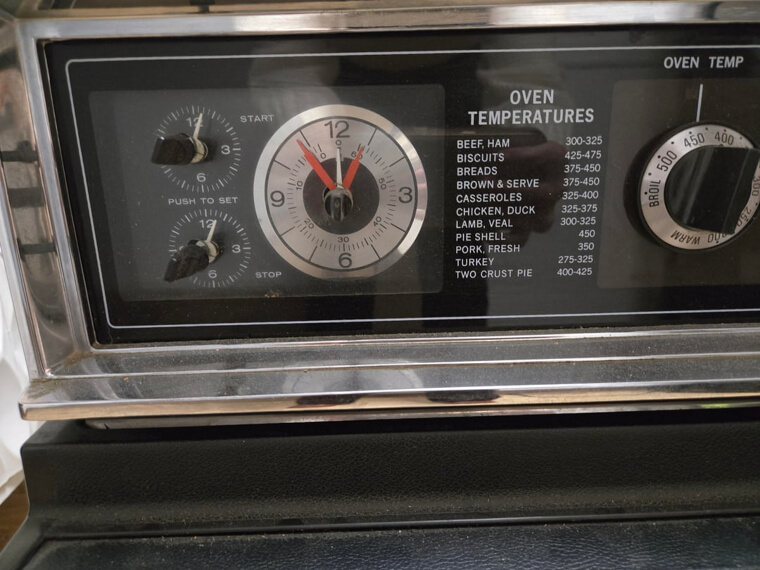Thermostat Extremes
Cranking the thermostat like a DJ slider burns money. Every extra degree forces your system to fight heat flow through walls, windows, and duct leaks. Instead, aim for steady targets and let a smart thermostat handle schedules automatically. Nudge a couple of degrees at night, and dress for the season; socks are cheaper than kilowatts. Your reward: fewer short‑cycling tantrums, quieter rooms, and energy bills that stop trying to set personal records.
Ignoring Air Leaks & Weatherstripping
Air leaks are tiny escape hatches for conditioned air, and your budget follows. Common culprits: door weatherstripping flattened by time, window gaps, attic hatches, and unsealed outlets on exterior walls. Caulk, foam, and door sweeps are boring heroes. Close fireplace dampers when unused. A smoke pencil or incense stick shows drafts immediately. Tightening the envelope boosts comfort, tames dust, and gives your thermostat a break—like tightening a backpack before hiking.
Clogged HVAC Filters
A clogged HVAC filter is cardio with a hand over your system’s mouth. Starved airflow makes equipment run longer, overheat, and fail early. Mark a reminder: monthly checks, seasonal replacements, or more often with pets and smoke. Choose the right MERV rating—too restrictive can backfire. Clean returns and keep vents unblocked. Good filtration improves efficiency and indoor air quality—a home upgrade that really saves money and lets you breathe easier.
Old Bulbs & Lights Left On
Incandescent bulbs are tiny space heaters pretending to be lights. Leave them on and you pay for warm ceilings. Swap to LEDs; they use a fraction of the energy and last for years. Install motion sensors in hallways and closets, or practice the low‑tech ritual: last person out taps the switch. Consider task lighting over blasting a room. The vibe stays bright and the utility bill stops sweating each month.
Vampire Power (Always‑Plugged Gadgets)
Wall warts, streaming boxes, and game consoles quietly sip electricity all day. That “off” light isn’t off; it’s standby. Use smart or switchable power strips to cut clusters at once, and disable “instant on” settings you don’t need. Schedule sleep timers for TVs and monitors. Chargers? Unplug when idle—their appetite is small, but constant. Vampire power won’t stake itself; a few habit tweaks reclaim dollars without changing how you live.
Half‑Empty Dishwasher & Washer Loads
Running half‑empty loads is like paying full fare for an empty seat. Dishwashers and washing machines use the same energy and water whether they’re brimming or lonely. Wait for full loads, use eco cycles, and select the correct water level or soil setting. Scrape, don’t pre‑rinse dishes; modern detergents want something to work with. Group laundry by fabric weight so items dry evenly. Fewer cycles, cleaner results, smaller bills—easy math.
Washing in Hot When Cold Works
Water heating dominates laundry energy, and modern detergents are built for cold. Unless you’re dealing with greasy workwear, cold cycles clean well while protecting colors and fibers. Reserve warm or hot for towels and sanitizing. Bonus: cold reduces shrinking and microplastic shedding. Pair with high‑efficiency detergent and correct dosing—too much soap forces longer rinse times. It’s a quick switch: same machine, better chemistry, lower cost. Your clothes and wallet win.
Overusing the Dryer
Your dryer is a giant hairdryer with a drum—great at spending kilowatts. Clean the lint screen every load and the vent annually; airflow is everything. Use moisture‑sensor cycles instead of guessing with timers. Lightweight items can line‑dry or hang indoors, adding humidity in winter. Sort loads by fabric weight to avoid overdrying. When weather cooperates, sun power is free and gentle. The result: softer clothes and a softer utility bill.
Water Heater Set Too High
Water heaters love to run hotter than necessary, then bleed heat while waiting. Set the thermostat to 120°F/49°C to cut standby losses and reduce scald risk. Wrap the tank if it’s warm to the touch, and insulate the first feet of hot‑water pipes. Fix dripping hot faucets—they’re stealth heaters. If recovery is slow, consider a timer or demand recirculation with smart controls. You’ll shave costs without sacrificing comfort or cleanliness.
Long Showers & Old Showerheads
Long, steamy showers feel spa‑like; your meter calls them “overtime.” Old showerheads gulp gallons, multiplying energy use for hot water. Swap to a quality low‑flow model that maintains pressure, and time showers with a playlist or gentle timer. Shortening by just a few minutes really adds up monthly. Bonus points: fix slow drains to discourage lingering. You’ll still get the morning reset without sending extra dollars swirling down the drain.
Leaky Faucets & Running Toilets
A dripping faucet or a running toilet is basically a donation to the water company. Those “phantom” gallons add up fast, and hot‑side leaks quietly waste energy too. Replace worn washers, cartridges, and flappers; dye tablets catch sneaky toilet leaks in minutes. Check under sinks for moisture and tighten supply connections. Small parts, big payback. Fixes are beginner‑friendly, and the sound of silence after a repair is pure budget music.
Inefficient Fridge Habits
Your fridge works hardest when you stand there pondering snacks. Warm air rushes in, then the compressor scrambles. Keep door seals clean and springy; replace gaskets that don’t hold a sheet of paper. Set temps to 37–40°F (3–4°C) for the fridge and 0°F (‑18°C) for the freezer. Vacuum condenser coils and give the unit breathing space. Don’t overpack—air really needs to circulate. Cooler habits mean quieter runs and fewer kilowatt‑hours.
Using the Big Oven for Small Jobs
Preheating a full oven for a single muffin is like chartering a bus for two stops. For small portions, reach for the toaster oven, air fryer, or microwave—faster heat, less waste. When you do use the oven, cook in batches and avoid door‑peeking, which dumps heat. Consider residual heat: turn it off a few minutes early and let physics finish. Efficient cooking keeps meals quick, kitchens cooler, and bills tame.
Food Waste From Poor Planning
Food waste is money waste with a guilt garnish. Plan simple meals, shop your fridge first, and keep an “eat‑me‑first” bin for produce on the brink. Freeze leftovers in single portions and label dates like a librarian. Learn your crisper drawers—humidity settings matter. Rotate pantry items so nothing ages into archaeology. Better planning means fewer emergency takeout nights and a quieter trash can. Savings show up in calories and cash.
Paying for Convenience Foods
Convenience foods charge a premium for someone else’s chopping. Pre‑cut fruit, single‑serve snacks, and constant takeout nibble your budget while creating extra packaging. Batch‑cook staples—grains, roasted veggies, shredded chicken—then portion into grab‑and‑go meals. Keep a five‑ingredient weeknight list on the fridge to beat the “what’s for dinner” tax. A sharp knife, a slow cooker, and basic spices out‑earn any meal kit on cost. Convenience is great; DIY is usually cheaper.
Single‑Use Products Everywhere
Single‑use everything feels clean and quick until the receipt prints. Paper towels, disinfecting wipes, and dryer sheets stack micro‑costs into real money. Swap to microfiber cloths, washable mop pads, and wool dryer balls that soften fabric without chemicals. Keep a spray bottle of diluted cleaner for wipe‑downs. Reusables last years, reduce trash, and make storage simpler. Your home stays tidy, and your budget stops hemorrhaging on disposables you throw away.
Oversized Internet Plan & Equipment Fees
Internet plans creep like ivy—suddenly you’re paying for stadium bandwidth to check email. Run a speed test at peak times, then right‑size your plan to actual use. If allowed, buy your own modem/router to ditch rental fees, and place it centrally for better coverage. Turn off unused bands and guest networks. A tidy network saves cash and reduces dropouts. Spend on reliability, not vanity megabits you’ll never notice in practice.
Always‑On TVs & Streaming Boxes
Screensavers aren’t rest; they’re light shows on your dime. Disable “instant on,” enable auto‑sleep, and use master‑controlled power strips so peripherals nap when the TV does. Streaming boxes, soundbars, and game consoles all draw standby power unless told otherwise. Schedule firmware updates overnight, then let devices hibernate. You’ll keep convenience, lose the trickle of waste, and stop lighting every empty room like it’s truly waiting for applause you didn’t invite.
Subscriptions You Forgot About
Subscriptions are financial dust bunnies—out of sight, quietly multiplying. Make a quarterly audit ritual: list streaming, apps, cloud storage, newsletters, and gyms. Cancel duplicates, pause services between favorite shows, and rotate platforms. Set calendar pings a week before renewals. Annual plans can save money only if you truly use them. This isn’t deprivation; it’s pruning. Fewer charges means clearer statements and the satisfying click of closing unnecessary tabs in life.
Watering Lawns at Midday
Watering at noon mostly feeds evaporation and neighborhood pigeons. Irrigate before sunrise so water reaches roots, not the sky. Adjust heads to avoid sidewalks, fix leaks, and add mulch to keep soil moist longer. A rain sensor or smart controller skips cycles after storms. Consider taller mowing heights to shade soil. The lawn looks better, needs less water, and the bill stops spiking every heat wave—hydration with return on investment.
Thirsty Lawns Vs. Native Plants
Grass is thirsty, needy, and dramatic. Traditional turf demands frequent irrigation, fertilizer, weed control, and afternoons spent mowing. That cocktail guzzles cash and time while stressing water supplies. Replace swaths of lawn with native, drought‑tolerant plants and mulch. They’re adapted to your climate, attract pollinators, and need far less fuss. Use drip irrigation over sprinklers. Your yard looks intentional, your water bill relaxes, and weekends return to hammocks, not mowing.
Skimpy Attic Insulation & Ventilation
Attics are thermos bottles with holes. Skimpy insulation lets heat stream through your roof, while poor ventilation traps moisture that flattens R‑value and feeds mold. That combination forces HVAC to grind harder. Top up to recommended R‑values and clear soffit and ridge vents so air moves. Seal attic hatches and recessed lights, too. The result: steadier indoor temperatures, drier framing, quieter equipment cycles, and utility bills that finally stop yo‑yoing.
Bare Windows in Harsh Weather
Bare glass behaves like a highway for heat. In summer, sunlight supercharges rooms; in winter, warmth slips away like it’s late for brunch. Layer defenses: cellular shades or insulating curtains for nights and harsh seasons, reflective film or exterior awnings for brutal afternoons. Close south and west exposures at peak sun; open them on cold mornings. It’s low‑tech thermodynamics—smarter timing and better materials tame glare, drafts, and that thermostat tug‑of‑war.
Space Heaters & Portable ACs as Primary Climate
Space heaters and portable ACs are band‑aids pretending to be medicine. They roast or chill one corner while the rest of the room shrugs, burning kilowatts along the way. Fix the shell first: seal leaks, add insulation, balance ducts, and consider zoned HVAC or mini‑splits for persistent hot‑and‑cold zones. Once the envelope works, gadgets become occasional helpers, not expensive crutches. Comfort goes up, costs go down, and tripping hazards disappear.
Skipping Routine Appliance Maintenance
Appliances are athletes; dirty ones wheeze. Dust‑blanketed fridge coils, lint‑clogged dryer vents, and grimy dishwasher filters force longer cycles, higher temperatures, and premature failures. Schedule quick quarterly tune‑ups: vacuum coils, snake the vent, clean filters, check gaskets. While you’re there, level the washer and de‑crumb the oven door seal. Ten minutes with a brush beats a Saturday with a repair bill. Efficiency returns, fire risk drops, and everything lasts longer.
Ceiling Fans Left On in Empty Rooms
Ceiling fans don’t cool rooms; they cool people by speeding evaporation. Spinning them in empty spaces is like buying concert tickets for ghosts. Turn fans off when you leave, and set the switch on the motor housing: counterclockwise for summer breezes, clockwise on low in winter to recirculate warm air. Combine with higher AC setpoints or lower heat settings. You’ll feel just as comfortable while your meter catches its breath.
Keeping Aging Energy Hogs
Old appliances are charming the way vintage toasters are: photogenic, power‑hungry. Garage fridges, dinosaur dehumidifiers, and early‑2000s freezers can burn more electricity than the main kitchen. Audit your biggest users with a plug‑in meter or your utility’s app. Replace the worst offenders with Energy Star models, and enable eco modes you’ve ignored. Retire what you don’t need. It’s an unglamorous swap that pays back monthly, shrinking bills without changing routines.
Late Fees & Interest From Disorganized Bills
Late fees are the world’s rudest subscription. Disorganized bills trigger penalties and high‑interest balances that eat savings goals alive. Give your future self guardrails: autopay essentials, calendar reminders before due dates, and a weekly money check‑in. Where possible, align billing cycles after payday. Lower interest beats coupon‑clipping every time. The win is boring on purpose—stable cash flow, clean statements, and mental space that isn’t occupied by “Did I pay that?”
Using Harsh Cleaners That Damage Surfaces
Harsh cleaners can turn a quick wipe‑down into an expensive renovation. Acidic sprays etch stone, bleach fades grout, and solvent overkill destroys seals and finishes. Match cleaner to material, use the mildest product that works, and always spot‑test. Microfiber plus warm water handles more grime than marketing suggests. When in doubt, read the manufacturer’s care guide. Protecting surfaces keeps warranties intact and avoids replacing things that were perfectly fine yesterday.
Bottled Water Habit
Bottled water is convenience wearing a tuxedo price tag. You’re paying for packaging, transport, and branding—rarely better hydration. Install a faucet filter or keep a pitcher in the fridge; refill a sturdy bottle and skip the weekly haul. It’s cheaper, faster, and kinder to cabinets and recycling bins. If the tap tastes off, try carbon filters or mineral drops. Hydration shouldn’t need a delivery schedule or a dedicated pantry shelf.
Drafty Doors & Open Chimneys
Drafty doors and open chimneys are budget skylights. Unsealed thresholds leak conditioned air, while a forgotten fireplace damper becomes a year‑round exhaust fan. Add door sweeps and fresh weatherstripping; close or cap the flue with a tight damper or inflatable chimney balloon. Check for daylight at jambs and use incense to reveal sneaky currents. The payoff is immediate: fewer drafts, steadier temperatures, and a thermostat that finally relaxes its shoulders.
That Spare Garage Fridge/Freezer
That spare garage fridge seems helpful until summer hits. In hot spaces, old compressors run marathon cycles, guzzling electricity to keep sodas chilly. Consolidate into your main fridge, or replace the spare with an efficient model rated for garages. At minimum, elevate it off concrete, shade it, and clean coils. If it mostly stores holiday overflow, unplug between seasons. Cooling air that’s hot is a losing game—don’t pay to play.
Running Big Loads at Peak Electricity Times
If your utility uses time‑of‑use pricing, running big loads at 6 p.m. is like choosing surge pricing on purpose. Shift laundry, dishwashers, pool pumps, and EV charging to off‑peak windows. Most machines have delay‑start buttons; use them. Program thermostats to pre‑cool before peak, then coast. Same chores, lower rates. Think of it as calendar Tetris where cleared lines equal dollars saved. Your grid thanks you, and so does your bill.
Decorative & Outdoor Lights Left On
Decorative and outdoor lights are small but relentless spenders. Old strings, path lights, and spotlights nibble at kilowatt‑hours nightly—especially if they run until sunrise. Swap to LEDs, add dusk‑to‑dawn sensors or timers, and group fixtures on smart plugs with schedules. Keep lenses clean and aim beams where you actually need them. It’s cheaper, safer for night skies and pollinators, and your home still looks truly welcoming without lighting up Mars.
Always‑On Home Office Gear
Home office gear loves a quiet midnight snack. Monitors, printers, speakers, and chargers idle in standby, sipping power until you say otherwise. Enable sleep settings, shut down at day’s end, and plug everything into one master switch you flip on the way out. Bonus: less phantom heat in summer. Label cords now, thank yourself later. The setup stays convenient, and the electric bill stops paying overtime for an empty desk.

